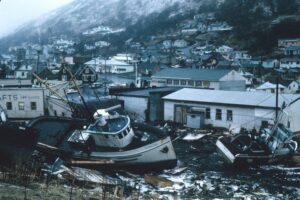Fires. Floods. Blizzards. Plagues. Ship sinkings. The month of May marks the anniversaries of several great tragedies in history.
May 7, 1915: A German U-boat sinks the British ocean liner Lusitania, resulting in the deaths of 1,198 people.
May 6, 1937: The Hindenburg bursts into flames while landing in Lakehurst, New Jersey.
May 4, 1970: The Ohio National Guard kills four unarmed students and wounds nine others during an anti-Vietnam War protest.
May 18, 1980: Mount St. Helens erupts. The eruption was one of the greatest volcanic explosions ever recorded in North America, killing 57 people and destroying the mountain’s volcanic cone.
May 12, 2008: A massive earthquake strikes Sichuan province in China, killing some 90,000 people and destroying four-fifths of the buildings in the affected area.
Brush up on your history by reading one of these curated titles covering tragedies in history.
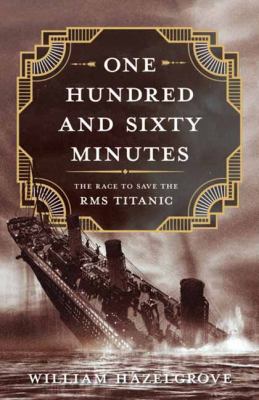
One Hundred and Sixty Minutes: The Race to Save the RMS Titanic by William Elliott Hazelgrove
One hundred and sixty minutes. That is all the time rescuers would have before the largest ship in the world slipped beneath the icy Atlantic. At the heart of the rescue are two young Marconi operators, Jack Phillips 25 and Harold Bride 22, tapping furiously and sending electromagnetic waves into the black night as the room they sat in slanted toward the icy depths and not stopping until the bone numbing water was around their ankles. Then they plunged into the water after coordinating the largest rescue operation the maritime world had ever seen and thereby saving 710 people by their efforts. This is the story amazing heroism and astounding incompetence against the backdrop of the most advanced ship in history sinking.
One Hundred and Sixty Minutes: The Race to Save the RMS Titanic by William Elliott Hazelgrove Book
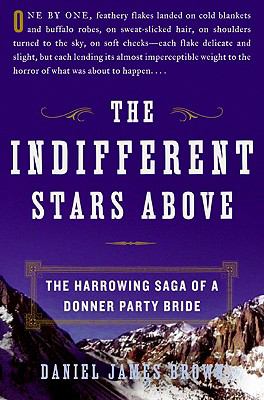
The Indifferent Stars Above: The Harrowing Saga of a Donner Party Bride by Daniel James Brown
In April of 1846, twenty-one-year-old Sarah Graves, intent on a better future, set out west from Illinois with her new husband, her parents, and eight siblings. Seven months later, after joining a party of emigrants led by George Donner, they reached the Sierra Nevada Mountains as the first heavy snows of the season closed the pass ahead of them. In early December, starving and desperate, Sarah and fourteen others set out for California on snowshoes and, over the next thirty-two days, endured almost unfathomable hardships and horrors.
The Indifferent Stars Above: The Harrowing Saga of a Donner Party Bride by Daniel James Brown Book
The Indifferent Stars Above: The Harrowing Saga of a Donner Party Bride by Daniel James Brown eBook
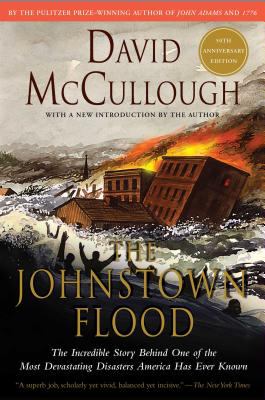
The Johnstown Flood by David McCullough
At the end of the last century, Johnstown, Pennsylvania, was a booming coal-and-steel town filled with hardworking families striving for a piece of the nation’s burgeoning industrial prosperity. In the mountains above Johnstown, an old earth dam had been hastily rebuilt to create a lake for an exclusive summer resort patronized by the tycoons of that same industrial prosperity, among them Andrew Carnegie, Henry Clay Frick, and Andrew Mellon. Despite repeated warnings of possible danger, nothing was done about the dam. Then came May 31, 1889, when the dam burst, sending a wall of water thundering down the mountain, smashing through Johnstown, and killing more than 2,000 people. It was a tragedy that became a national scandal.
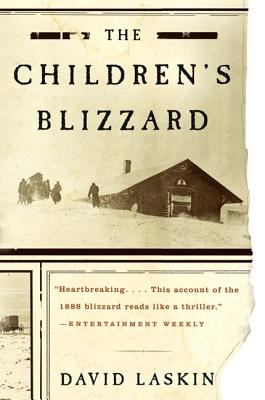
The Children's Blizzard by David Laskin
January 12, 1888, began as an unseasonably warm morning across Nebraska, the Dakotas, and Minnesota, the weather so mild that children walked to school without coats and gloves. But that afternoon, without warning, the atmosphere suddenly, violently changed. One moment the air was calm; the next the sky exploded in a raging chaos of horizontal snow and hurricane-force winds. Temperatures plunged as an unprecedented cold front ripped through the center of the continent. By Friday morning, January 13, some five hundred people lay dead on the drifted prairie, many of them children who had perished on their way home from country schools.
The Children’s Blizzard by David Laskin Book
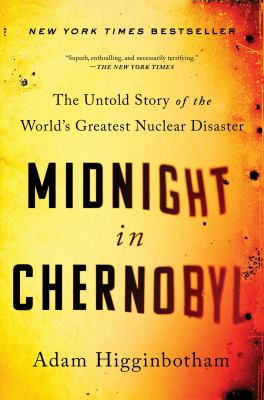
Midnight in Chernobyl: The Untold Story of the World's Greatest Nuclear Disaster by Adam Higginbotham
This book makes for a masterful non-fiction thriller. Chernobyl has become lodged in the collective nightmares of the world: shorthand for the spectral horrors of radiation poisoning, for a dangerous technology slipping its leash, for ecological fragility, and for what can happen when a dishonest and careless state endangers not only its own citizens, but all of humanity. It is a story that has long remained in dispute, clouded from the beginning in secrecy, propaganda, and misinformation. The story of Chernobyl is more complex, more human, and more terrifying than the Soviet myth. Adam Higginbotham has written a harrowing and compelling narrative which brings the 1986 disaster to life through the eyes of the men and women who witnessed it firsthand.
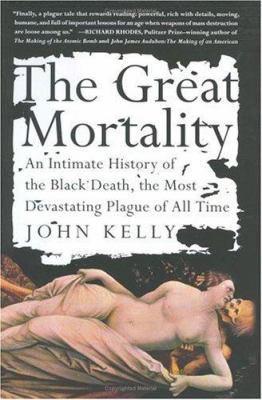
The Great Mortality: An Intimate History of the Black Death, the Most Devastating Plague of All Time by John Kelly
The Great Plague is one of the most compelling events in human history, even more so now, when the notion of plague—be it animal or human—has never loomed larger as a contemporary public concern. Many books on the plague rely on statistics to tell the story: how many people died; how farm output and trade declined. But statistics can’t convey what it was like to sit in Siena or Avignon and hear that a thousand people a day are dying two towns away. Or to have to choose between your own life and your duty to a mortally ill child or spouse. In The Great Mortality, author John Kelly lends an air of immediacy and intimacy to his telling of the journey of the plague as it traveled from the steppes of Russia, across Europe, and into England, killing 75 million people—one third of the known population—before it vanished.
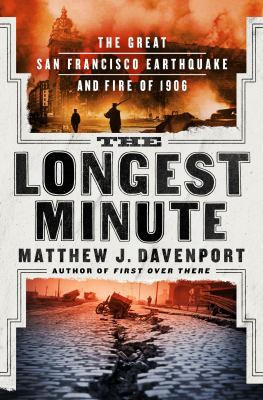
The Longest Minute: The Great San Francisco Earthquake and Fire of 1906 by Matthew J. Davenport
At 5:12 a.m. on April 18, 1906, a 7.9 magnitude earthquake struck San Francisco, catching most of the city asleep. For approximately one minute, shockwaves buckled streets, shattered water mains, collapsed buildings, crushed hundreds of residents to death and trapped many alive. Fires ignited and blazed through dry wooden ruins and grew into a firestorm. For the next three days, flames devoured collapsed ruins, killed trapped survivors, and nearly destroyed what was then the largest city in the American West. Meticulously researched and gracefully written, The Longest Minute is both a harrowing chronicle of devastation and the portrait of a city’s resilience in the burning aftermath of greed and folly.
The Longest Minute: The Great San Francisco Earthquake and Fire of 1906 by Matthew J. Davenport Book
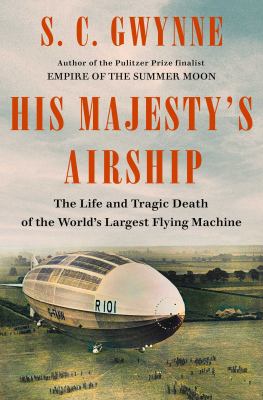
His Majesty's Airship: The Life and Tragic Death of the World's Largest Flying Machine by S. C. Gwynne
Historian and bestselling author S. C Gwynne tells the tale of the rise and fall of the world’s largest airship—and the doomed love story between an ambitious British officer and a married Romanian princess at its heart. The tragic fate of the British airship R101—which went down in a spectacular fireball in 1930, killing more people than died in the Hindenburg disaster seven years later—has been largely forgotten. In His Majesty’s Airship, Gwynne resurrects it in vivid detail, telling the epic story of great ambition gone terribly wrong.
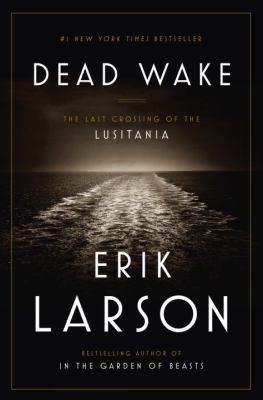
Dead Wake: The Last Crossing of the Lusitania by Erik Larson
It is a story that many of us think we know but don’t, and Erik Larson tells it thrillingly, switching between hunter and hunted while painting a larger portrait of America at the height of the Progressive Era. Full of glamor, mystery, and real-life suspense, Dead Wake brings to life a cast of evocative characters. Gripping and important, Dead Wake captures the sheer drama and emotional power of a disaster that helped place America on the road to war.
Dead Wake: The Last Crossing of the Lusitania by Erik Larson Book
Dead Wake: The Last Crossing of the Lusitania by Erik Larson eBook
Dead Wake: The Last Crossing of the Lusitania by Erik Larson eAudiobook
Dead Wake: The Last Crossing of the Lusitania by Erik Larson Large Print
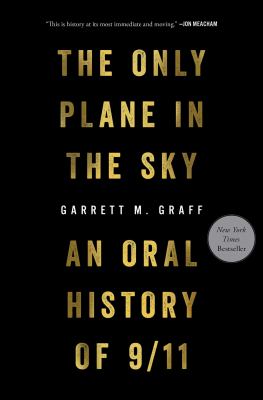
The Only Plane in the Sky: An Oral History of 9/11 by Garrett M. Graff
The first comprehensive oral history of September 11, 2001—a panoramic narrative woven from the voices of Americans on the front lines of an unprecedented national trauma. In The Only Plane in the Sky, award-winning journalist and bestselling historian Garrett Graff tells the story of the day as it was lived—in the words of those who lived it. Drawing on never-before-published transcripts, recently declassified documents, original interviews, and oral histories from nearly five hundred government officials, first responders, witnesses, survivors, friends, and family members, Graff paints the most vivid and human portrait of the September 11 attacks yet.
The Only Plane in the Sky: An Oral History of 9/11 by Garrett M. Graff Book

